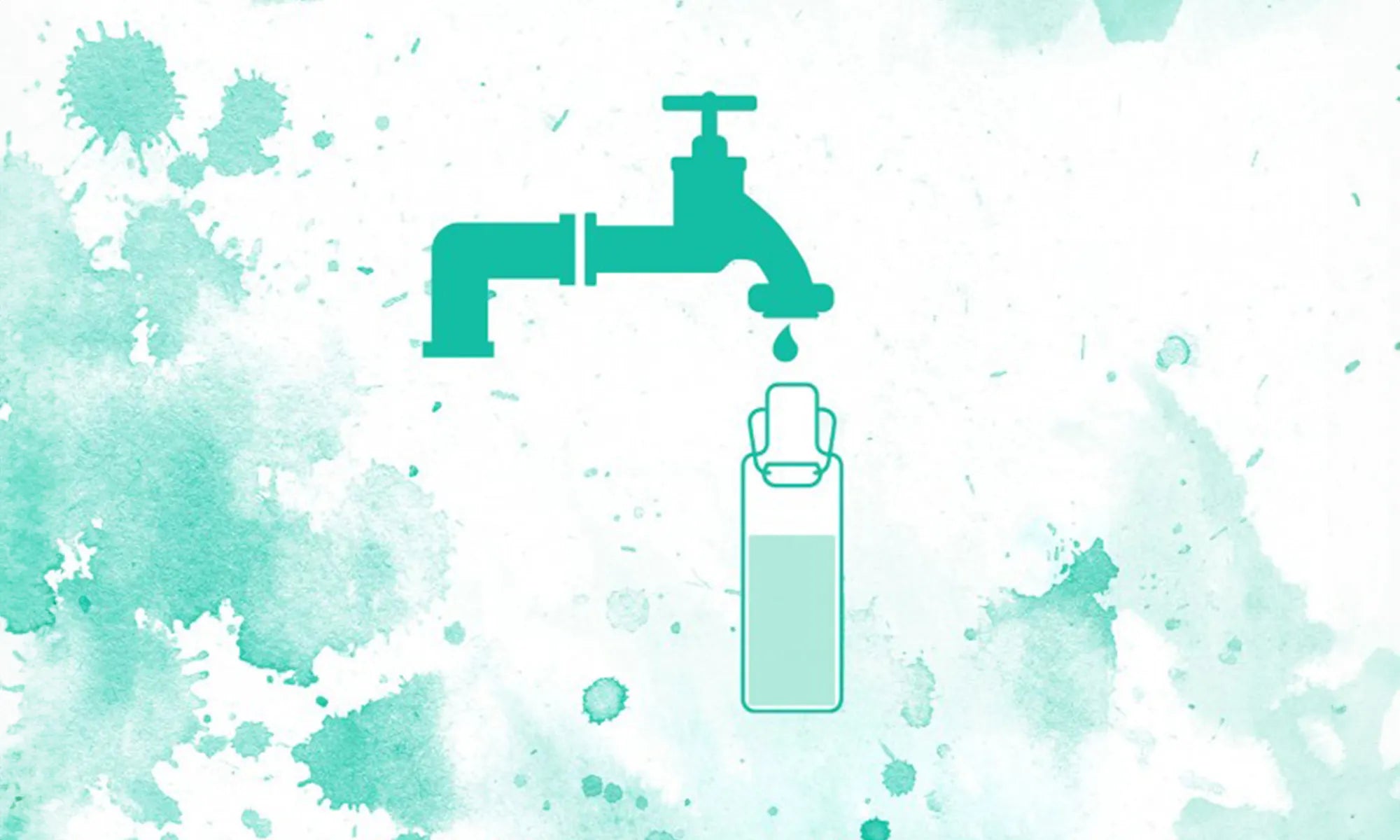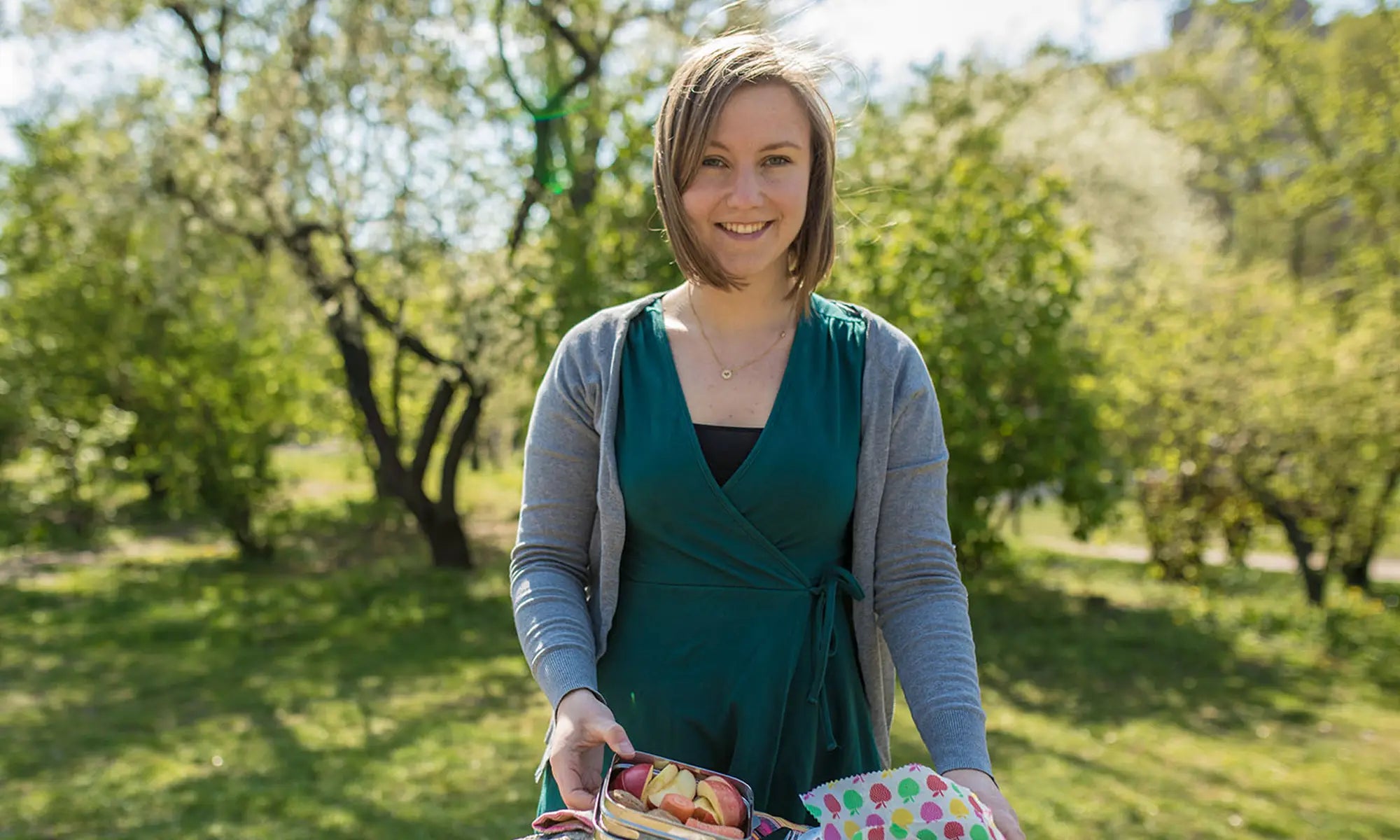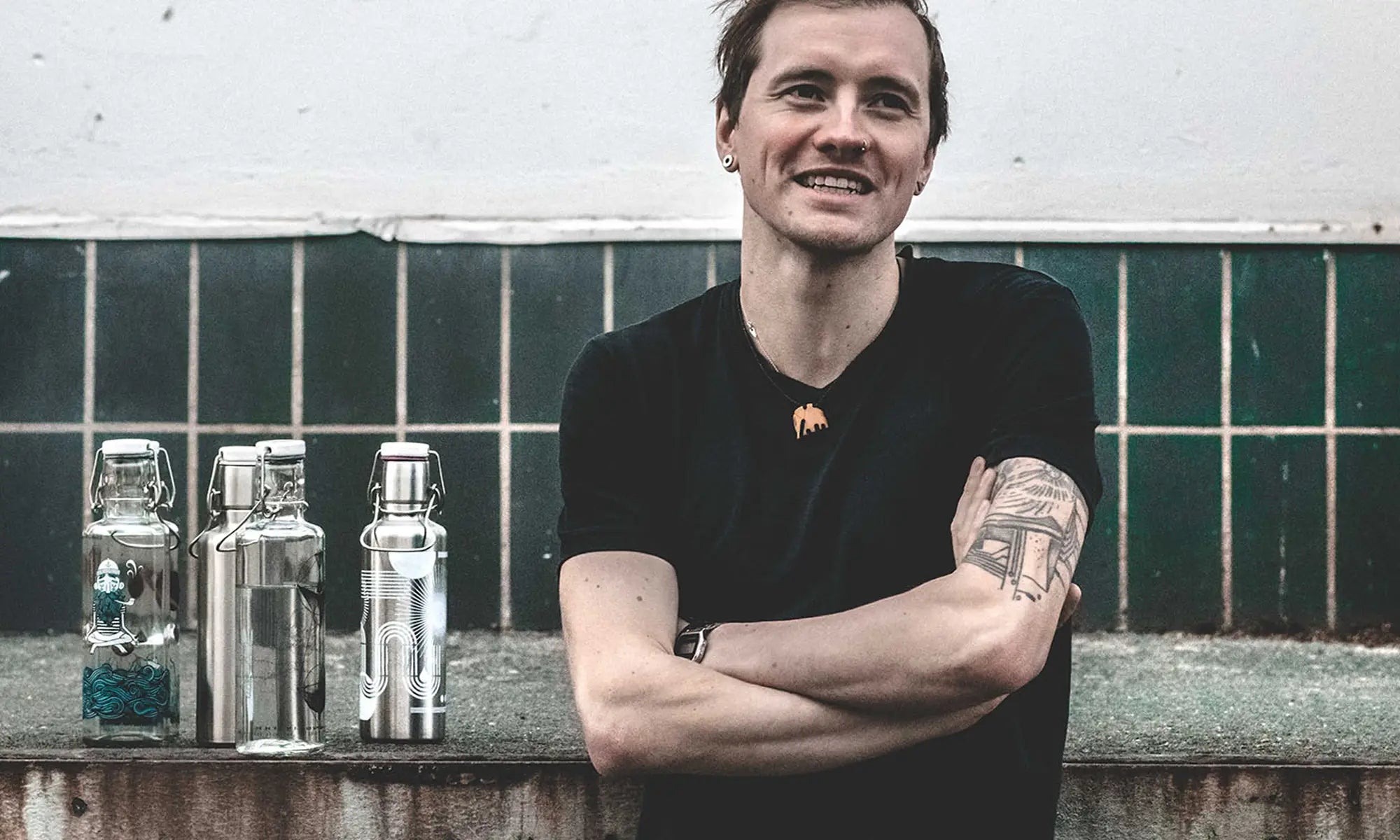
How does our drinking water actually get into the tap?
Summer, sun, thirst! I just filled my soulbottle with tap water for the umpteenth time today – drinking plenty of water is so important in these temperatures. Drinking water is our number one food. I try to drink 2 to 3 liters a day because water cools you down, increases my concentration, and makes me (almost) more awake than coffee. After a few refreshing sips, I realized how much we take it for granted: Our tap water is so clean that we can drink it almost anytime and anywhere without a second thought, and it comes out of the tap whenever we want. But how does the water actually get into the tap? I did some research for you and asked the experts at the German Association for Energy and Water (BDEW)!

Where does the water come from?
The water that ultimately flows from our taps as drinking water is extracted from underground groundwater, springs, and reservoirs. Around two-thirds of our drinking water comes from groundwater. Groundwater is rainwater that has seeped through the various soil layers: soil, sand, gravel, and clay act as a kind of filter. Thus, the water is partially purified naturally before it is extracted. This so-called raw water is then transported via pipes, wells, and pumps to a waterworks, where it is processed into drinking water.
Over 6,000 water suppliers...
...in Germany, we ensure that more than 99 percent of the population is always supplied with sufficient water via central drinking water distribution networks. After all, we consume around 120 liters per capita every day! Of this, we use 2 to 5 percent for cooking and drinking. The remaining liters are used for bathing, showering, flushing the toilet, or washing, for example. To ensure short distances and keep the cost of distributing drinking water as low as possible, the water supply is organized regionally.
The Drinking Water Ordinance ensures that only clean and safe water ends up in our pipes in the long term. It sets clear rules and quality standards that water suppliers must adhere to regarding the extraction, treatment, and distribution of drinking water. The Drinking Water Ordinance serves to protect human health and specifies which substances and processes may be used to treat drinking water. It regulates the strict limits that ensure we can drink and enjoy our drinking water throughout our lives.
From water to drinking water
In Germany, around 50% of raw water requires little or no treatment! If the extracted water does not meet the high standards of the Drinking Water Ordinance, it is treated. This is done, for example, by removing iron, manganese, or carbon dioxide. Water suppliers often use near-natural processes such as sand filtration. More complex processes such as activated carbon filtration are used when the raw water is contaminated with pesticides, for example.
In recent years, the microfiltration process has also been developed: This allows even trace substances to be removed from water! However, this costs a lot of money and energy. Therefore, it is very important that everyone contributes to ensuring that as few pollutants as possible enter nature and thus our water.
Before the drinking water leaves the waterworks, the water suppliers check that it complies with all legal regulations. Regular testing and inspections by the health authorities ensure that the drinking water ultimately ends up in our drinking bottles of impeccable quality. Here's to a big sip from the soulbottle – cheers!

From the waterworks to the tap
The clean water is stored in containers by the water companies. From there, it is pumped through an extensive network of pipes to every home and tap. And when you need to refill your soulbottle, you simply turn on the tap and cool, fresh drinking water flows into your bottle ! Clean, right? Cheers to our water suppliers!
By the way …
Drinking water in Germany is not sewage treatment plant water! This is a common misconception . Wastewater is flushed into the sewer system, cleaned in sewage treatment plants, and freed of pollutants and contaminants. It is then discharged into surface waters such as rivers and lakes, thus reentering the natural water cycle.



